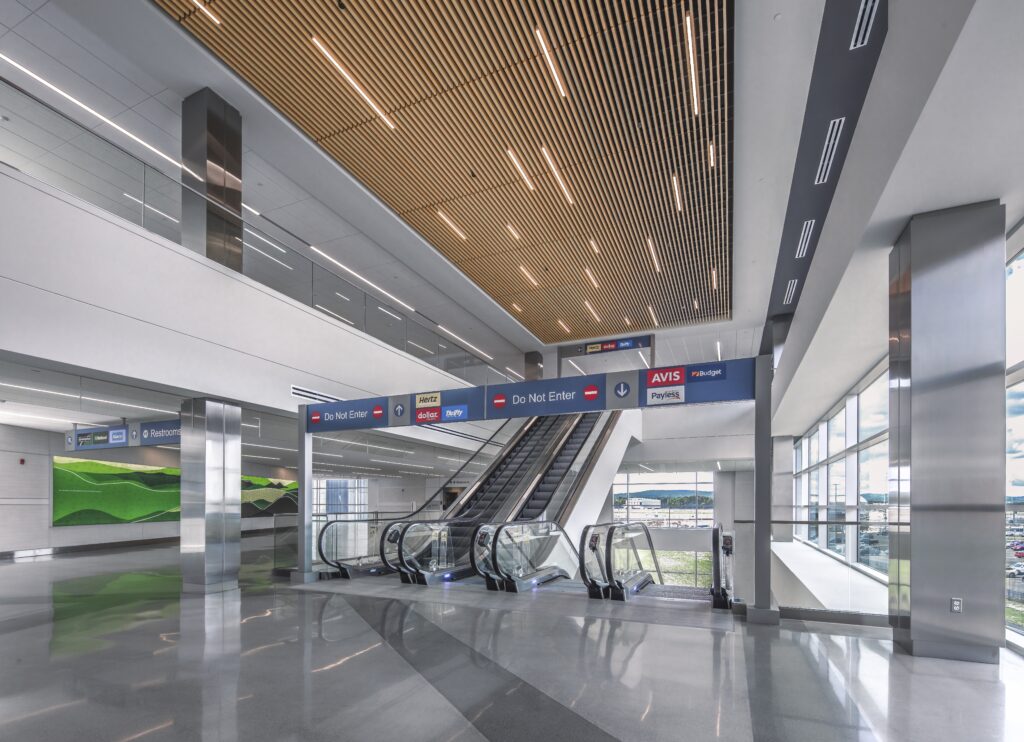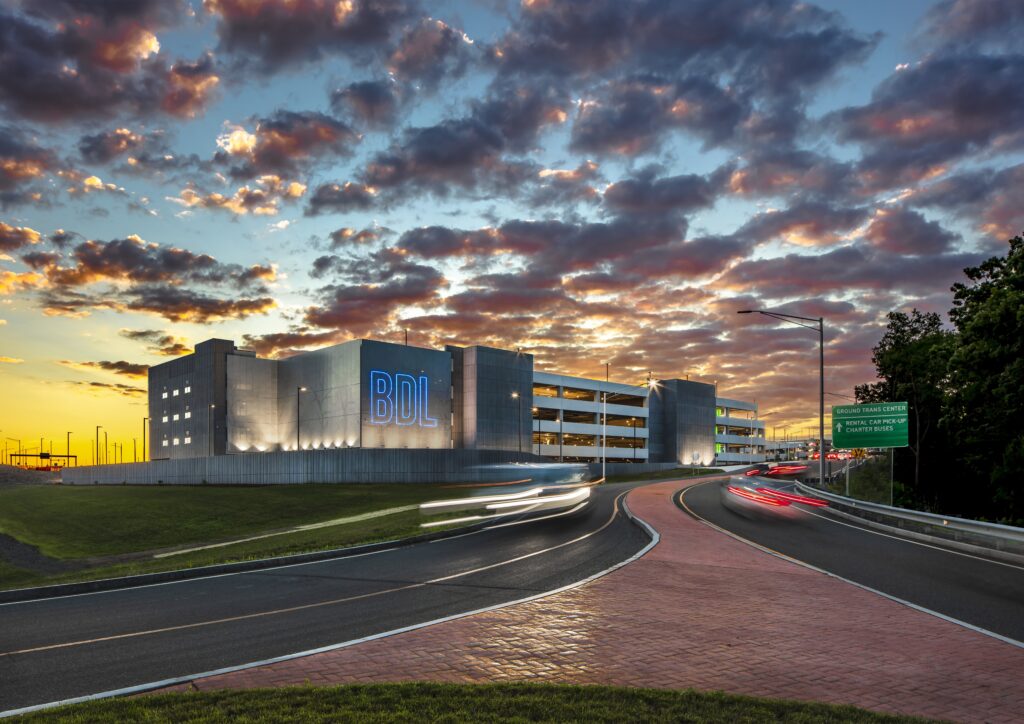Connecticut Airport Authority (CAA) has opened its new US$210m Ground Transportation Center at Bradley International Airport.
The key elements of the new Ground Transportation Center include consolidated rental car operations for nine brands, including vehicle pick-up and drop-off, car storage, cleaning and fueling; 830 new public parking spots, with 50 electric vehicle charging stations, increasing the airport’s parking availability by 10%; and improved access to public transportation that, in addition to housing charter bus traffic, will include a dedicated area that, in the future, will be used to receive high-frequency buses connecting the airport to the rail line and regional bus services.
Connecticut governor Ned Lamont, said, “The Ground Transportation Center will dramatically improve the passenger experience at Bradley International Airport for both arrivals and departures. Those of us who live in Connecticut know how convenient it is to fly in and out of Bradley. It was one of our best-kept secrets but now that secret is out. This new facility, built without the use of taxpayer funds, is key to Bradley’s position as an essential economic driver for our state and is already helping to bring new airlines and destinations that benefit our residents and businesses.”
Tony Sheridan, chair of the CAA’s board of directors, said, “Today, we celebrate a significant milestone in Bradley International Airport’s history. Despite the setbacks of the Covid-19 pandemic, the construction of the airport’s new Ground Transportation Center has been achieved on time and on budget. Without a doubt, this has been a massive undertaking, and we extend our gratitude to all our partners on the successful completion of this major passenger enhancement.”
Kevin Dillon, executive director of the CAA, said, “With the opening of the Ground Transportation Center, we have made a significant investment in the passenger experience at Bradley International Airport. In addition to transforming the airport footprint, the facility will streamline operations, save time for passengers and improve access to public transportation while also eliminating traffic congestion and easing access to our arrivals and departures levels.”



